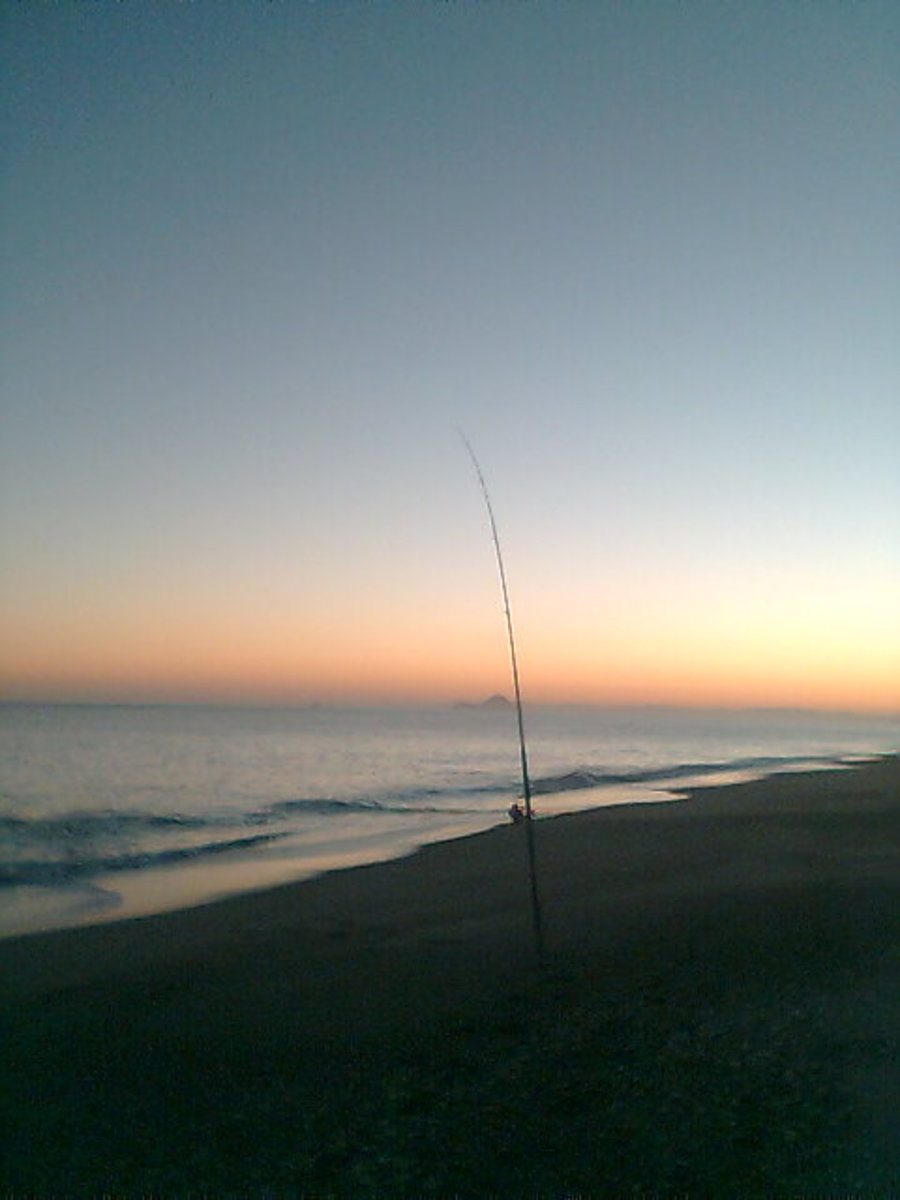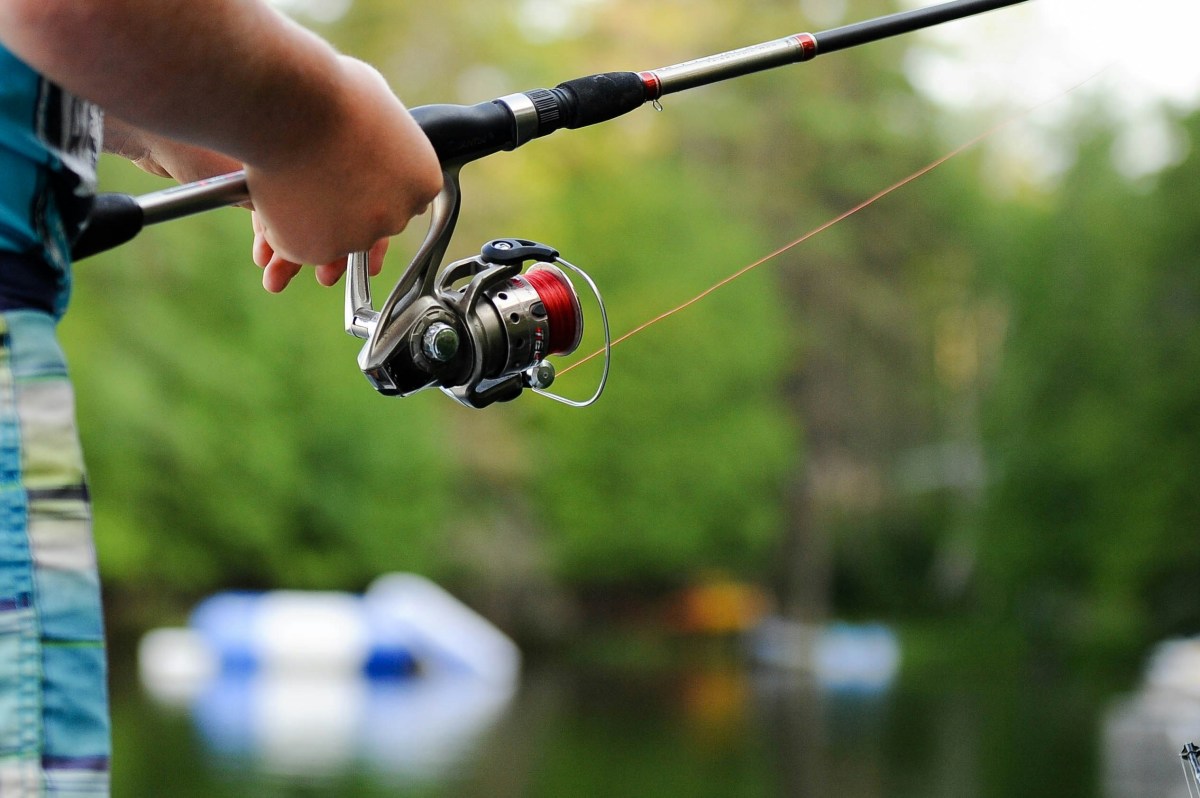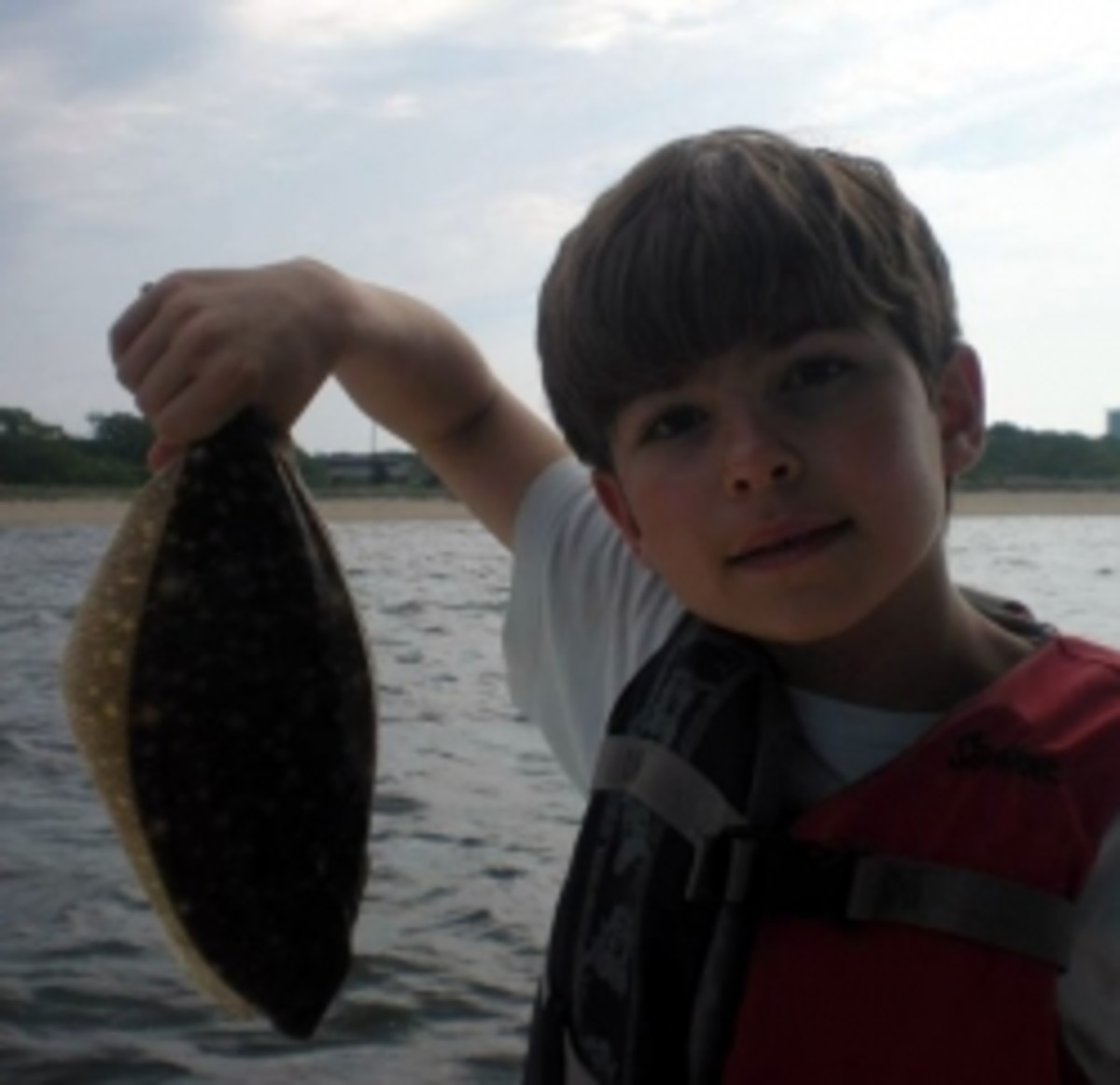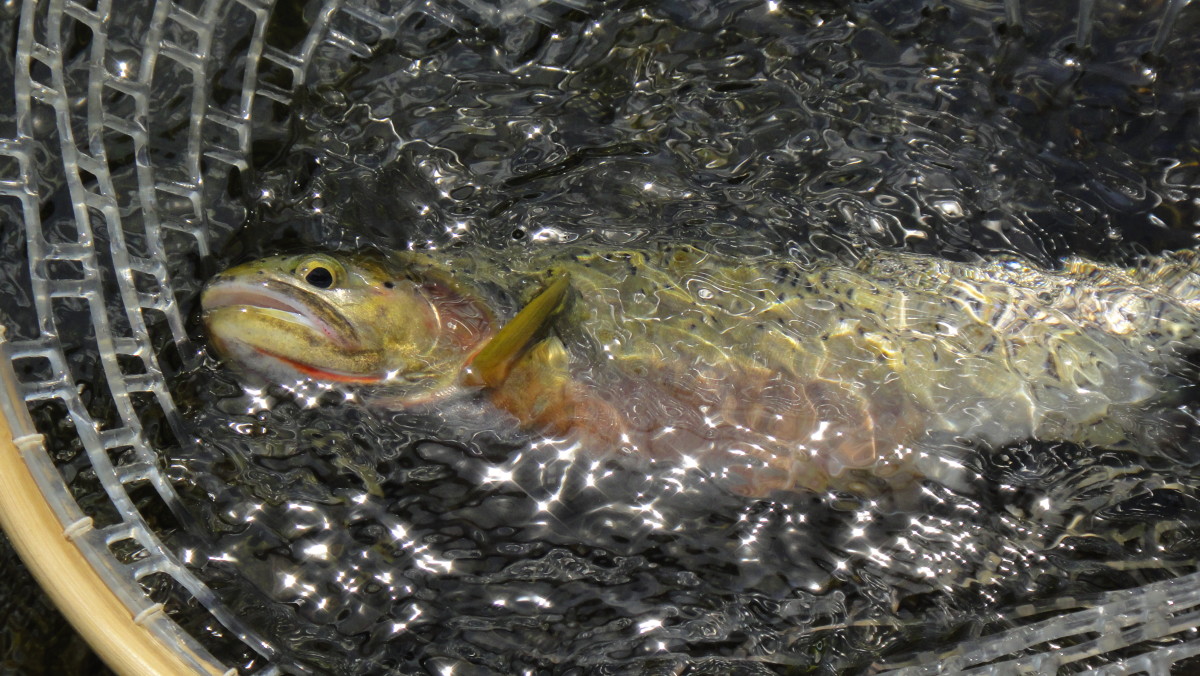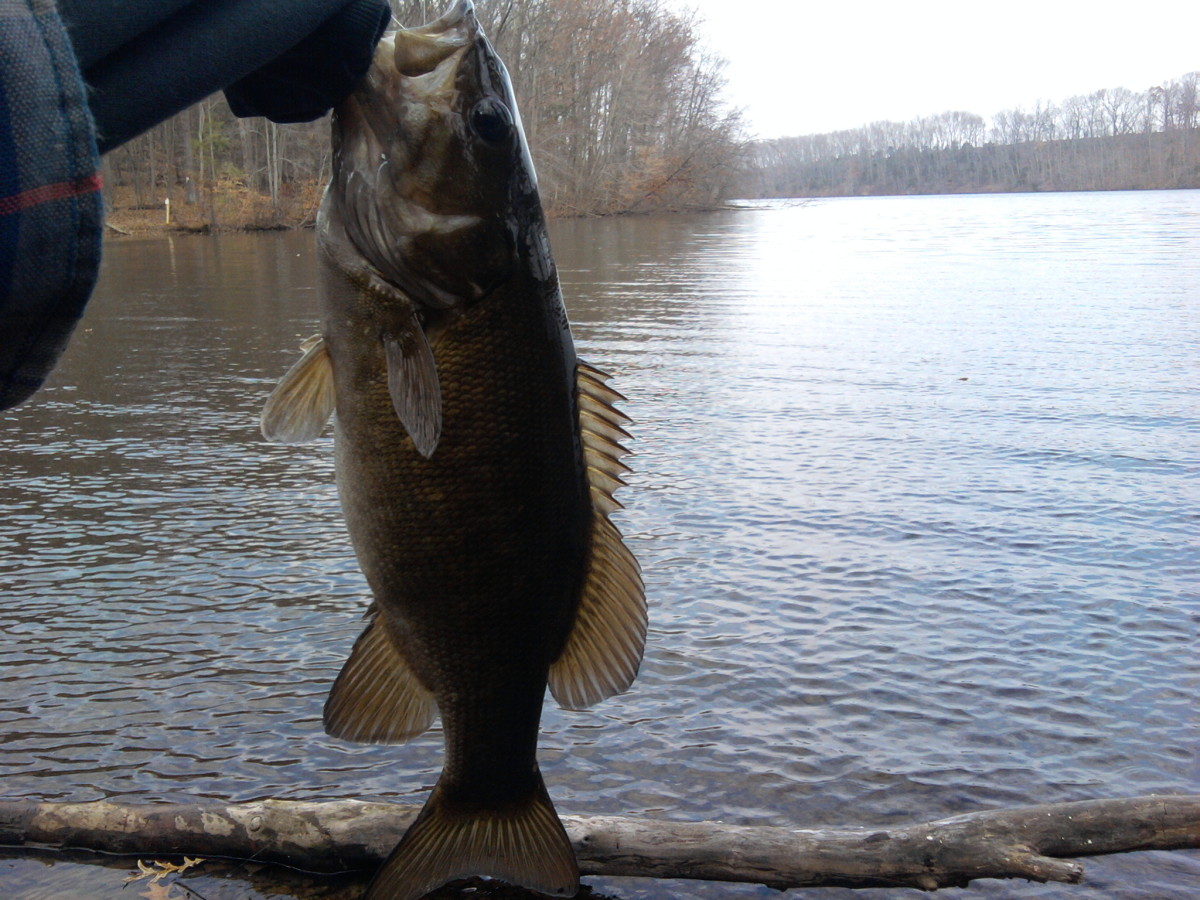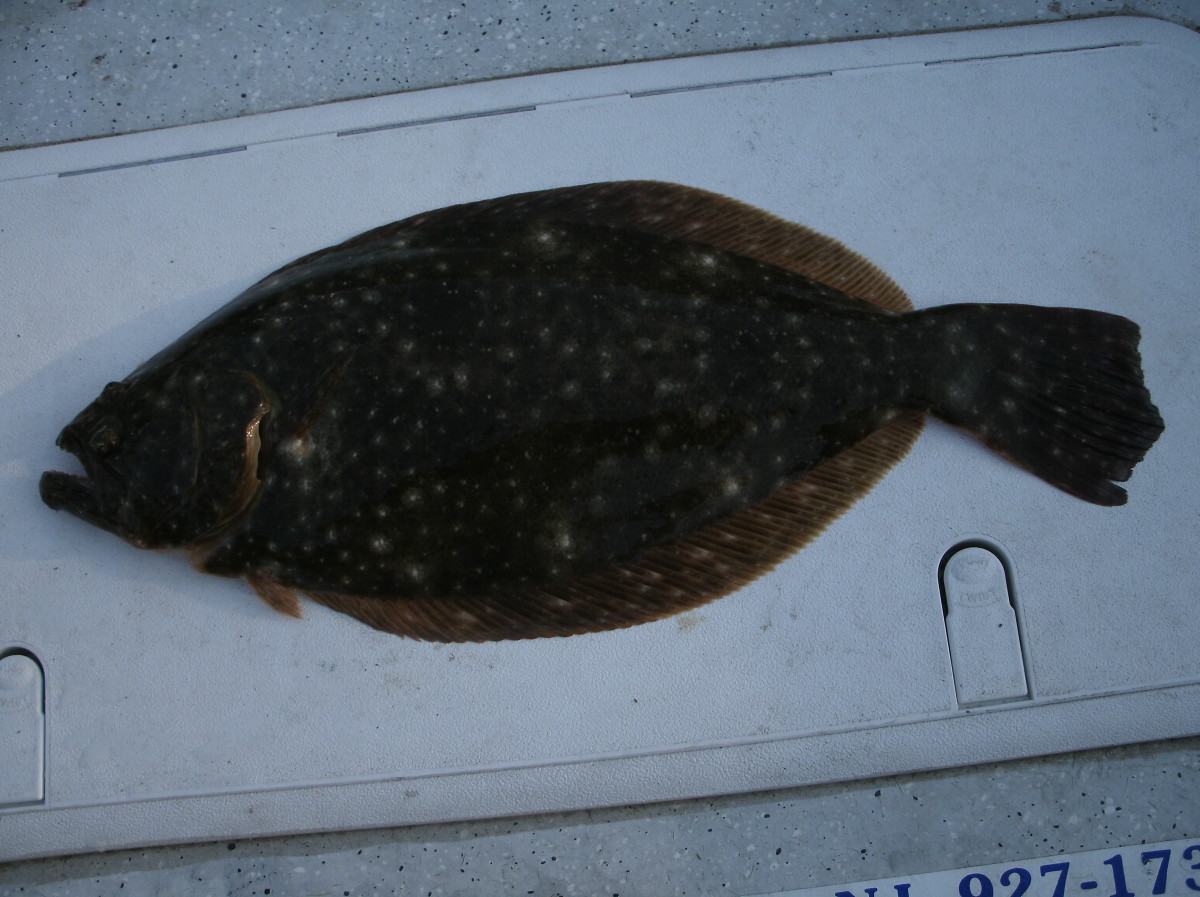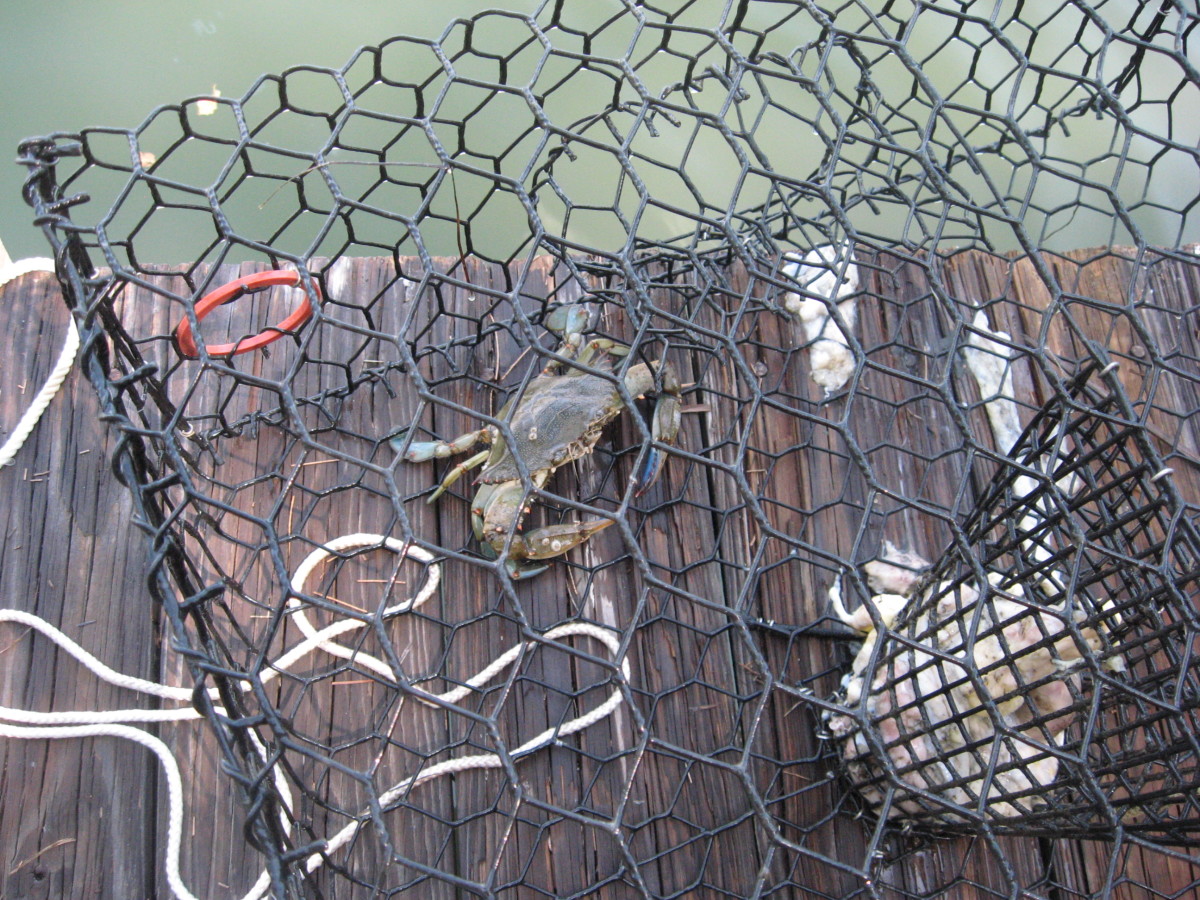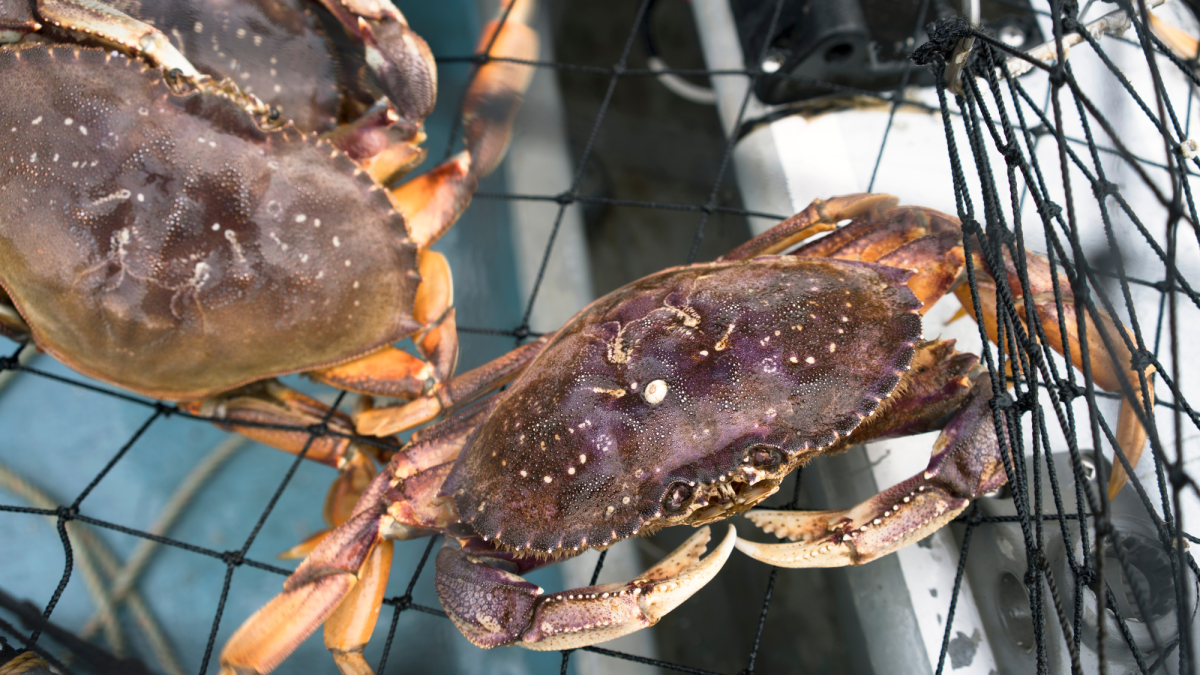Quick Guide: How To Catch Fish From Shore
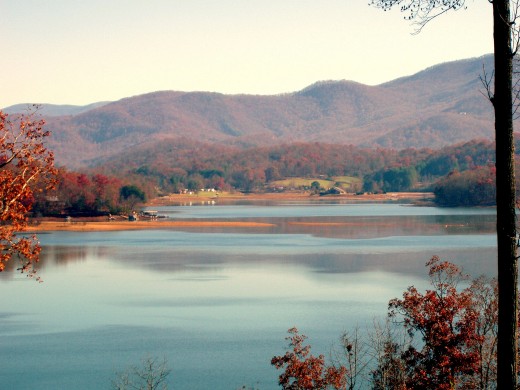
What is the right spot?
When your out camping or just at your local lake but don't have a boat it can be hard to find a great spot to fish. Truth is I've seen many shore fisherman out catch boaters even when the conditions for shore fishing are not the best. Not much thought goes into picking the right spot to fish, most people grab their rods and tackle from their truck and go to the most accessible spot on the lake or river. When fishing, picking the right spot is the difference between having a great day or just a so so day of fishing.
First lets start with lakes. To improve your chances you'll want to get a map of the lake before heading out. This will tell you the depths of the areas and topography around the lake. In the warmer months most fish such as bass and pan fish will be shallow but they always want deeper water around usually on sharp drop offs. They will come up to shallow water to feed then drop over a ledge to hold for ambush. These are great spots and usually can be found on lake points so whenever possible try fishing the points and fan cast the area for pan-fish. Trout and cold weather fish will be found deeper and will move around to forage on bait so find deeper areas in the warmer months for these fish. Either way your points are the best bet most times of the year especially if you don't have a map. Most professional fisherman always look for points with these features as they usually produce the most and largest fish.
When it comes to rivers and streams you'll want to look for the spots where the water isn't running at the same speed as the main flow. These can be as simple as a boulder in the water with some back flow, fish like to hang out in ambush spots and will spend much time in these areas because it takes less energy than fighting the current. Cast your bait upstream from these areas and let it float into the target area, this is where most fish will ambush it thinking it's an easy meal. This technique is true with any stream, river or flowing body of water and will net you more catch for your buck.
Fish main points and secondary points
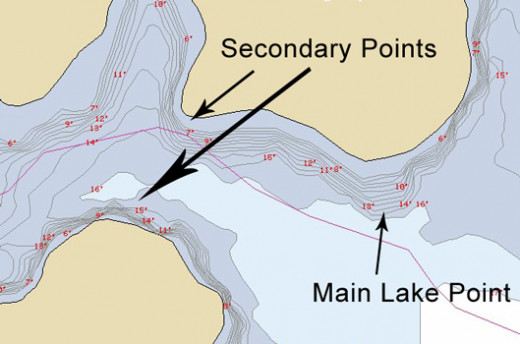
Size Matters
Most fisherman don't think much about the line their using and the thinking is, "I have line on my rod and a hook, I'm good". Not really, The line size will make all the difference in the world when it comes to catching fish.
First and foremost, ask yourself how long has the line been on the reel. If it's been on more than a few months then change it, you may want to do this sooner if the rods and reels have been in an area of your home that get more fluctuations in temperature. With this constant changing in temperature the line can weaken and could cause you to lose the catch of a lifetime.
What is the best type and size line to use?
Is the water clear or dirty?
Second, think about the lake or river your fishing, is it clear or murky water? Generally speaking the clearer the water and the time of year you'll need to downsize your line. on the other hand the more murky the water the higher pound test you can get away with due to visibility. I've gone as far as using 4 pound test to catch bass in trees, and yes you loose more fish because of the line size but you also get ten times more bites than if you were using 8 or 10 pound test fishing line. Don't be afraid of trying lighter line, to adjust just loosen your drag and take your time bringing in the fish, you'll be surprised at how many more bites you'll get.
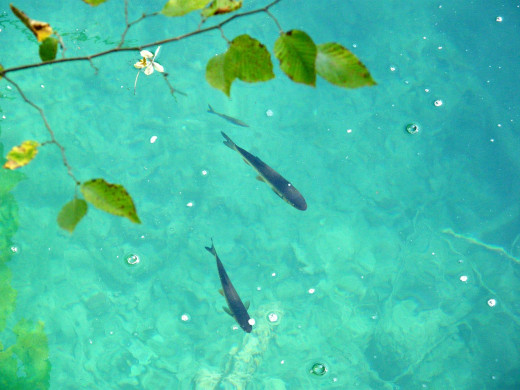
These techniques have yielded many fish and even if you're losing fish because the line was to light, at least you're getting the bites when everyone else is struggling. I'd rather get the bite and have a chance at landing the fish rather than the alternative. If you have multiple rods you can experiment with different size line to see which one works the best for your situation.

